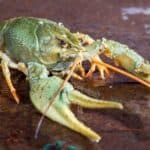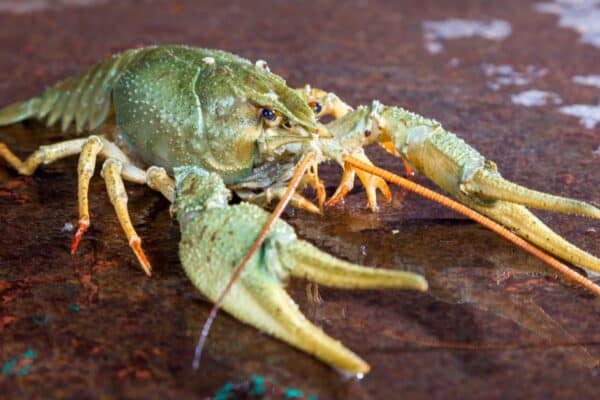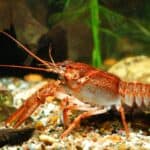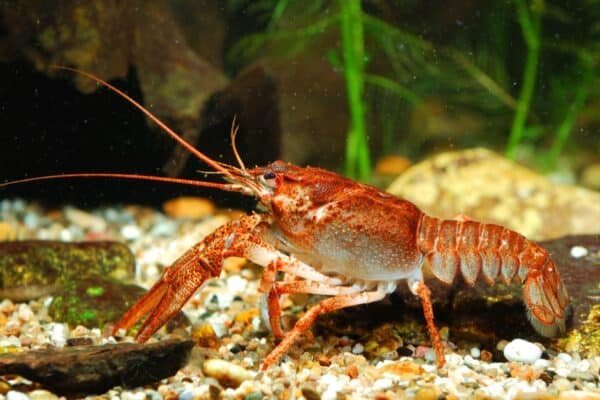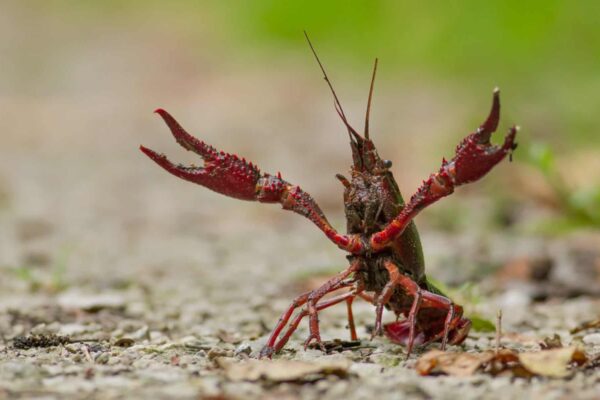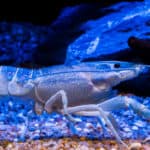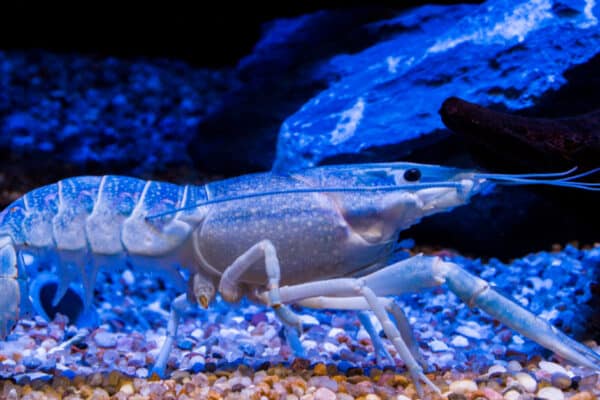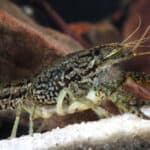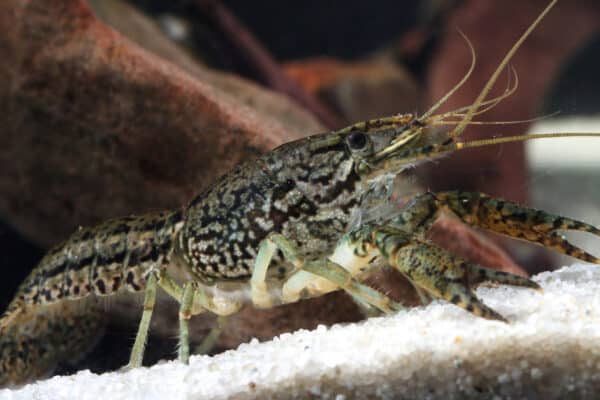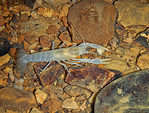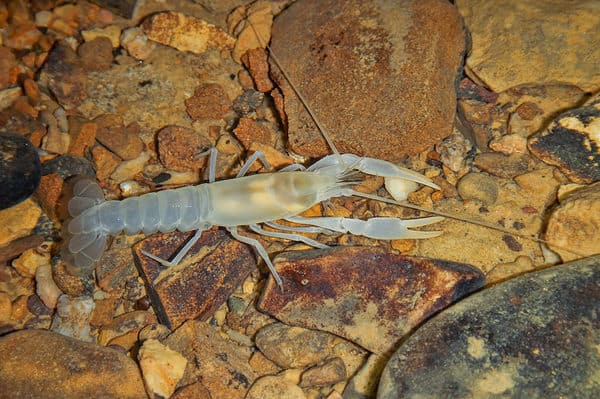Welcome to the Crayfish Quiz! Crayfish are intriguing organisms that may be found in many freshwater ecosystems all over the world.
They are sometimes referred to as crawfish, crawdads, or freshwater lobsters.
These crustaceans are a common food item for many cultures and play a significant role in aquatic environments as both predators and prey.
How much do you truly understand about crayfish, though? Find out how much of an expert on crayfish you are by taking this quiz to test your knowledge!
Five Interesting Facts About Crayfish
Crayfish are intriguing animals that live in a variety of watery settings all over the world. They are also referred to as crawfish or freshwater lobsters.
Because of their distinctive morphological and behavioral traits, these crabs have attracted the attention of both scientists and intrepid persons.
Here are five interesting facts about crayfish:
- The UK is home to seven crayfish species.
- Native crayfish prefer calcium-rich waters.
- Observing them in Scotland is uncommon.
- Crayfish have been around for about 150 million years.
- Crayfish molt to shed their shells.
Crawfish vs Crayfish: What’s the Difference?
The same species is known as crawfish, crayfish, and crawdads. What you refer to depends a lot on where you reside. The word “crayfish” is more frequently used in the north than the word “crawfish” in Louisiana. Those from the West Coast or Arkansas, Oklahoma, and Kansas regularly use the term “crawdad”.
The Old French word escrevisse is where the term “crayfish” originates. Due to its link with “fish,” the word has been changed to “crayfish” (folk etymology). Similar origins can be seen in the predominantly American version of “crawfish”.
Anywhere in the world, crayfish are consumed. Like other edible crustaceans, a crayfish’s body is only partially edible. Most prepared foods, such as soups, bisques, and étouffées, only include the tail section for consumption.
Crayfish Habitat and Behavior
Crayfish are widespread in lakes and streams, and they frequently hide under rocks or logs. They are most active at night, feeding primarily on snails, bug larvae, worms, and frog tadpoles, though some may consume foliage. Autumn is when crayfish mate and lay their eggs.
Some interesting behavior that crayfish do are: rearing up, turning, cornering, reverse walking, and crossing were the five actions that happen the most frequently and consistently. Crayfish occasionally will charge after turning a corner.
Crayfish can be found in a variety of settings, including clear, moving water (rivers, streams), as well as still waters. They are virtually ubiquitous in areas with water, especially marshy areas.



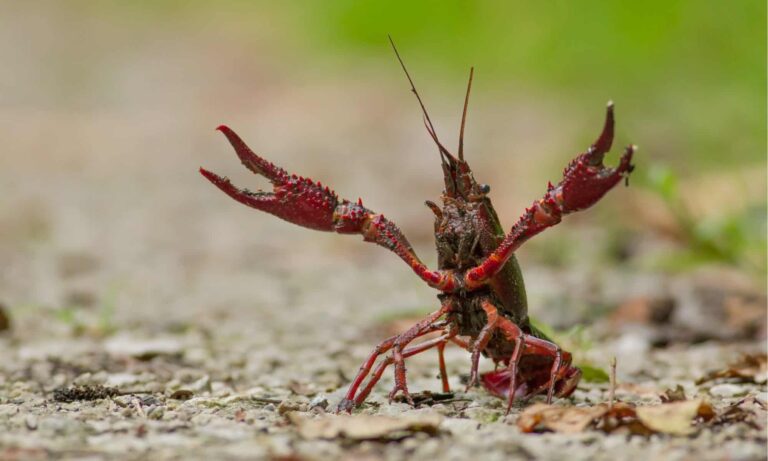
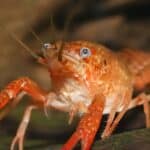
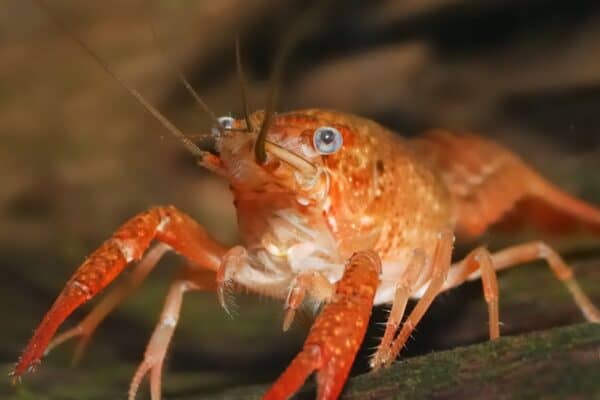
 Alex Stemmers/Shutterstock.com
Alex Stemmers/Shutterstock.com